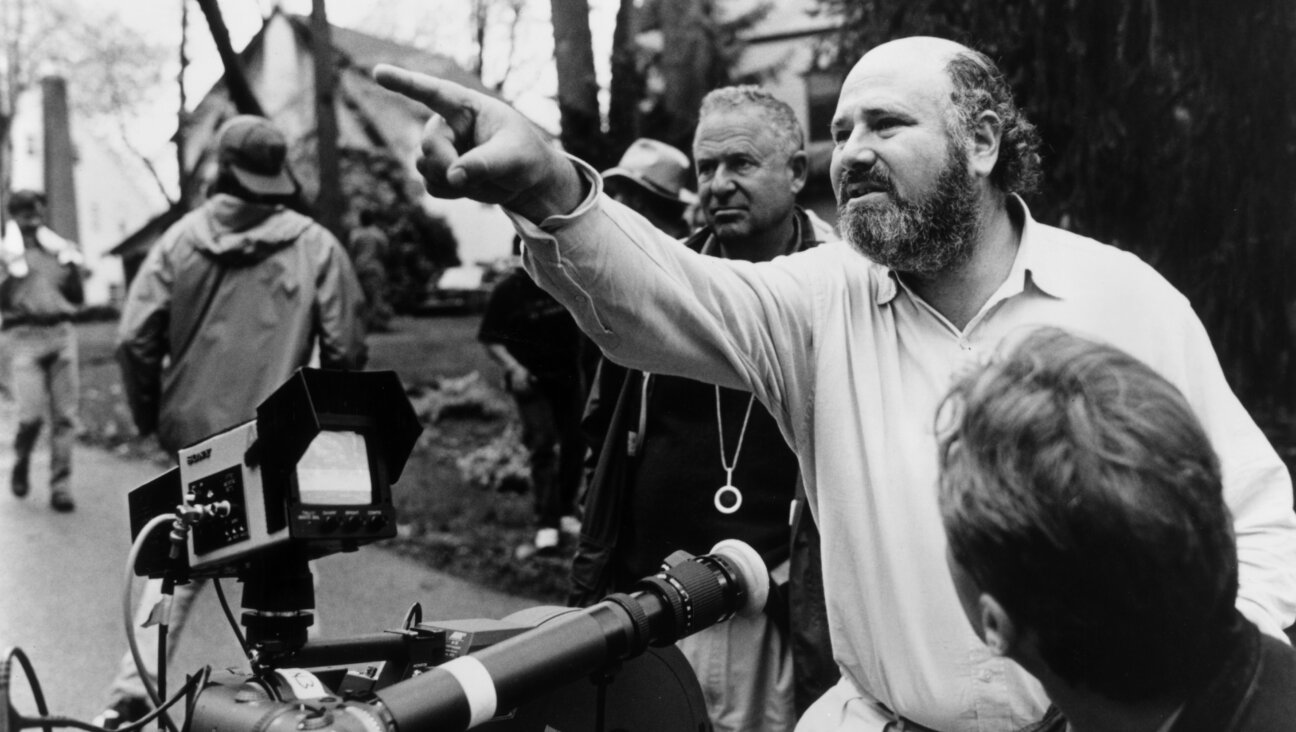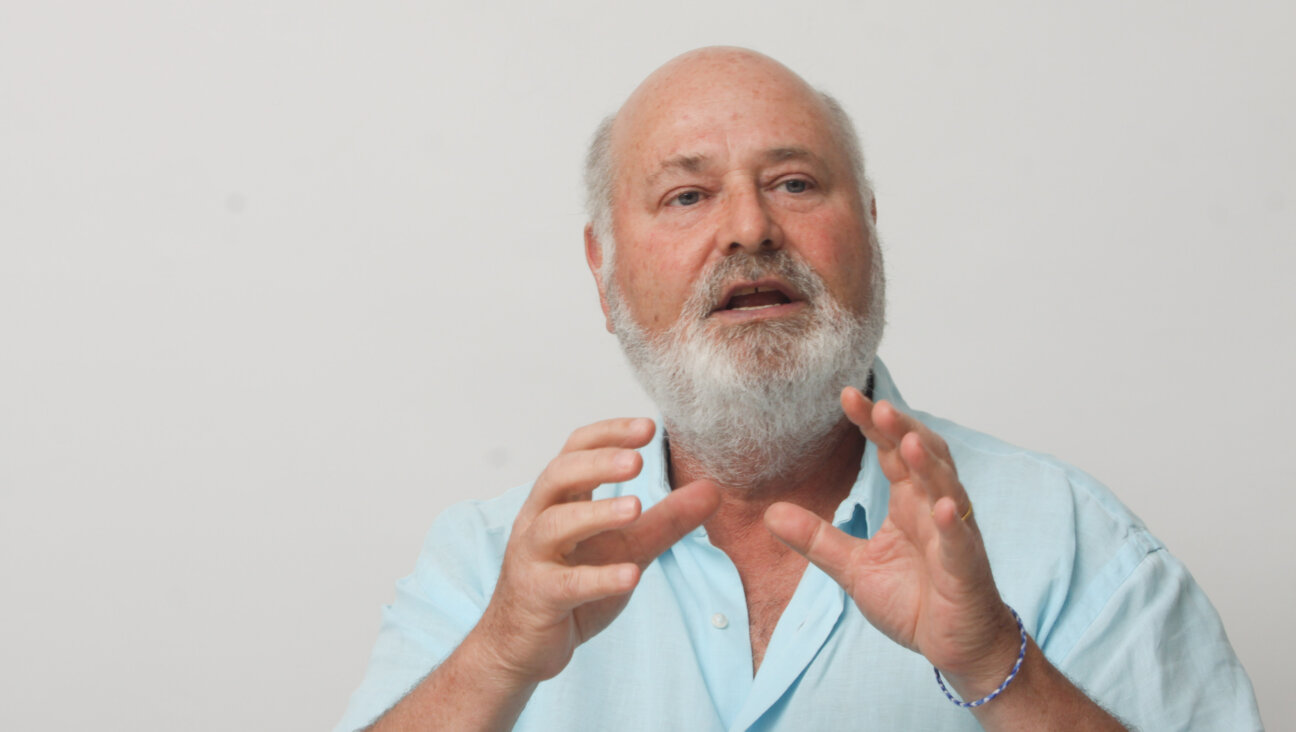Life, death, heartbreak, disillusionment — Dylan’s first album as an old man

Bob Dylan Image by Getty Images
Bob Dylan’s Grammy-award-winning comeback album, 1997’s “Time Out of Mind,” is a glorious record of death and rebirth. Death insofar as the album’s songs frequently have themes of mortality and aging (“I been all around the world, boys / Now I’m trying to get to heaven before they close the door”)(“It’s not dark yet, but it’s getting there”) and, with Daniel Lanois’s layered production, Dylan himself sounds almost ghostly. This is not the brash hipster on Highway 61 or the reflective singer-songwriter down by the waterfront docks. This was Dylan’s first album as an old man.
(Coincidentally, shortly after recording the album, Dylan did fall gravely ill with an infection called histoplasmosis. This led many critics to ascribe the record’s morbid ruminations to Dylan’s brush with death. Nope – just a coincidence, or maybe prophecy.)
But rebirth in that “Time Out of Mind” was the first album of the longest phase of Dylan’s career, the one still going on today: Dylan as old bluesman, grizzled and world-weary, with both knowledge of the classics and the chutzpah to rip them off.
This is the Dylan who, over the next few years, would give concerts in cowboy suits and a brimmed hat; who would host a “Theme Time Radio Hour” featuring the old-time music which Dylan pilfered for this new phase of his work; who would title an album “Rough and Rowdy Ways” and sing about midnight ramblers, high waters rising, and Black Riders tempting fate.
With “Time Out of Mind” – which followed two albums of traditional songs, 1992’s “Good as I Been to You” and 1993’s “World Gone Wrong” – Dylan shed the pretensions of continued pop relevance that ruined much of his output in the 1980s. He stopped trying to be up to date. He refocused his attention on timeless themes and old musical forms. He became a kind of embittered elder prophet with a dim view of the world.
“Time Out of Mind,” and most of the excellent music that Dylan has produced in the two decades since, was the result. Track for track, this is not only the best Dylan album since “Blood on the Tracks”; it is, like the 1975 masterpiece, a perfect sequence of songs. There’s not a dud on there.
The opener, “Love Sick,” is unlike anything Dylan had released previously: slow, haunting, and world-weary. Once Dylan had asked “How many roads must a man walk down /Before you call him a man?” The first words on “Time Out of Mind” are “I’m walking through streets that are dead.”
The rest of what used to be called the “first side” of the album are classic blues rockers. What’s perhaps most notable about them is Dylan himself, or at least, the character Dylan portrays in these songs: heartbroken, alone, unable to get close to his lover, maybe soon to pass from this Earth.
Dylan’s lyrics echo a century of American songwriting (sometimes they plagiarize them), their shared language a kind of code. Dylan’s talking about existential conditions here – life, death, disillusionment – with tropes of lost women, gamblers, and freight trains. As he did on the two traditional music albums, Dylan finds poetry in the timeless.
The second “side” of the album is even better. “Not Dark Yet” has become recognized as one of latter-day-Dylan’s finest songs; the version I heard him perform at the Beacon Theatre last year was absolutely heartbreaking. The song takes no prisoners, with lines like “Feel like my soul has turned into steel/ I’ve still got the scars that the sun didn’t heal” and “I’ve been down on the bottom of a world full of lies/ I ain’t looking for nothing in anyone’s eyes.” It’s not dark yet, says the hook, but it’s getting there.
“Cold Irons Bound” has also become a late-Dylan classic, a staple in live performances, and a key to his reinvention. With more grim-faced lyrics and a kind of rollicking bar-band sound, the persona and feel of the song prefigure Dylan’s underrated “Together Through Life” (2009), “Tempest” (2012), and now “Rough and Rowdy Ways.”
In all of these, the narrator isn’t Robert Zimmerman of Malibu, California, but some kind of timeless, archetypal blues man, headed for another joint. “I ain’t no false prophet – I just know what I know/I go where only the lonely can go,” Dylan sings on this year’s “False Prophet.” That sound, the vibe, and the narrative voice can all be traced back to “Cold Irons Bound” – and “Can’t Wait,” which appears two songs later.
The most unlikely part of “Time Out Of Mind,” though, is the ballad “Make You Feel My Love,” which has been covered by Adele, Billy Joel, Garth Brooks, and over 450 other artists, become a kind of modern standard, and generated millions of dollars in royalties. I admit, it’s not my favorite song on the album, but I love the fact that the one track I don’t think is a masterpiece – is now clearly, by consensus, exactly that.
As for myself, I’ll stick with the album’s 16-minute closer, “Highlands” – Dylan’s longest song until this year’s “Murder Most Foul.” “Highlands,” with its refrain from poet Robert Burns (“My heart’s in the highlands”) is a meandering stroll through alienation and aging. Half-hallucinatory, half-free-association – also like “Murder Most Foul” – it finds the Dylan narrator unmoored from the world, his heart already in the afterlife.
Indeed, just as “Murder Most Foul” seems somehow to both chronicle and anticipate the collapse of our civilization, from the JFK assassination to the present day’s apocalypse, “Highlands” is an inner chronicle of that same disintegration: a personal alienation, in which everything is broken and it’s getting dark, too dark to see. Though written in 1997, when I hear it today, it sounds like the soundtrack of our own time out of mind.
Rabbi Dr. Jay Michaelson is the author of eight books, including, most recently, “Enlightenment by Trial and Error.”
















